
Read or listen offline
Recommendation
Have you read Tolstoy’s War and Peace? Have you tackled Proust’s In Search of Lost Time? How about Cervantes’s Don Quixote or Joyce’s Ulysses? It doesn’t take a genius to work out why so many people struggle to complete these epic classics: Long texts are daunting. This is as true of an email as it is of a historical novel. Scholars Todd Rogers and Jessica Lasky-Fink underline the importance of brevity in writing. If you want to maximize your messages’ reach and effectiveness, read their concise advice.
Take-Aways
About the Authors
Todd Rogers is a professor of public policy at Harvard University. He teaches communicators how to write better for busy audiences. Jessica Lasky-Fink is the research director at the People Lab. She applies insights from behavioral science to improve the delivery of government services and programs. Rogers and Lasky-Fink co-wrote Writing for Busy Readers.









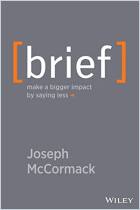
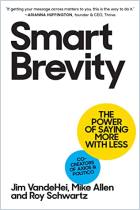
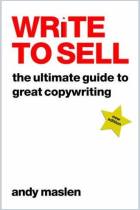
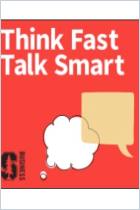
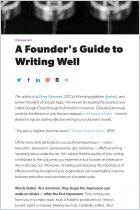
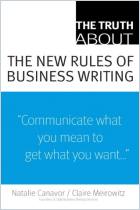



Comment on this summary or 开始讨论